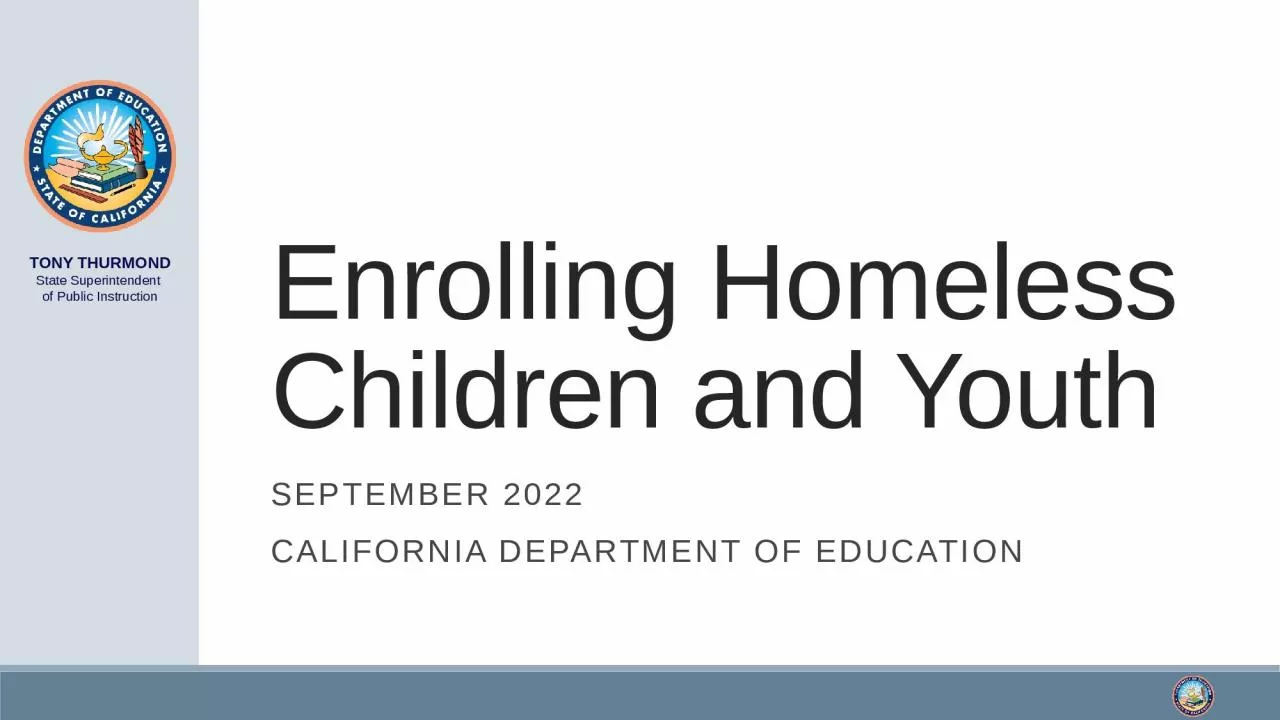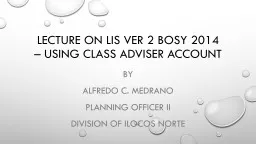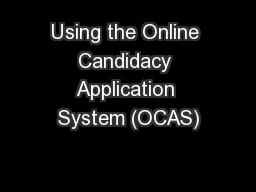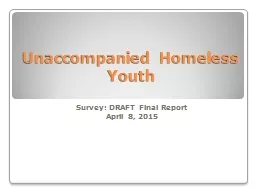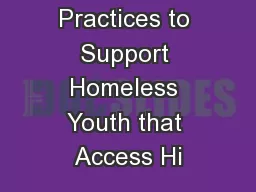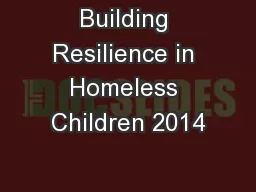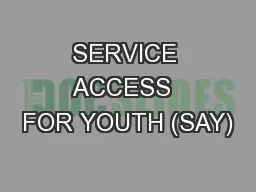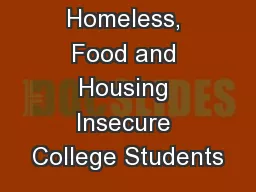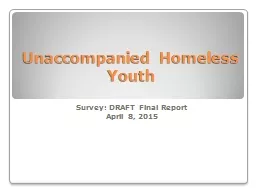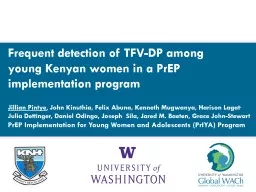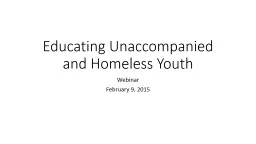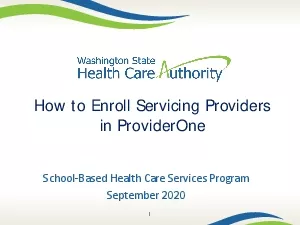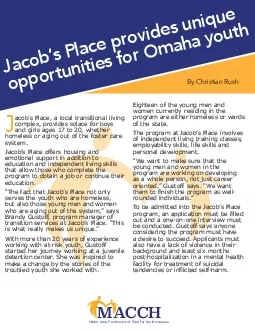PPT-Enrolling Homeless Children and Youth
Author : arya | Published Date : 2024-01-29
September 2022 California department of education Barriers Faced 1 The McKinneyVento Act addresses educational barriers and challenges that children and youth experiencing
Presentation Embed Code
Download Presentation
Download Presentation The PPT/PDF document "Enrolling Homeless Children and Youth" is the property of its rightful owner. Permission is granted to download and print the materials on this website for personal, non-commercial use only, and to display it on your personal computer provided you do not modify the materials and that you retain all copyright notices contained in the materials. By downloading content from our website, you accept the terms of this agreement.
Enrolling Homeless Children and Youth: Transcript
Download Rules Of Document
"Enrolling Homeless Children and Youth"The content belongs to its owner. You may download and print it for personal use, without modification, and keep all copyright notices. By downloading, you agree to these terms.
Related Documents

